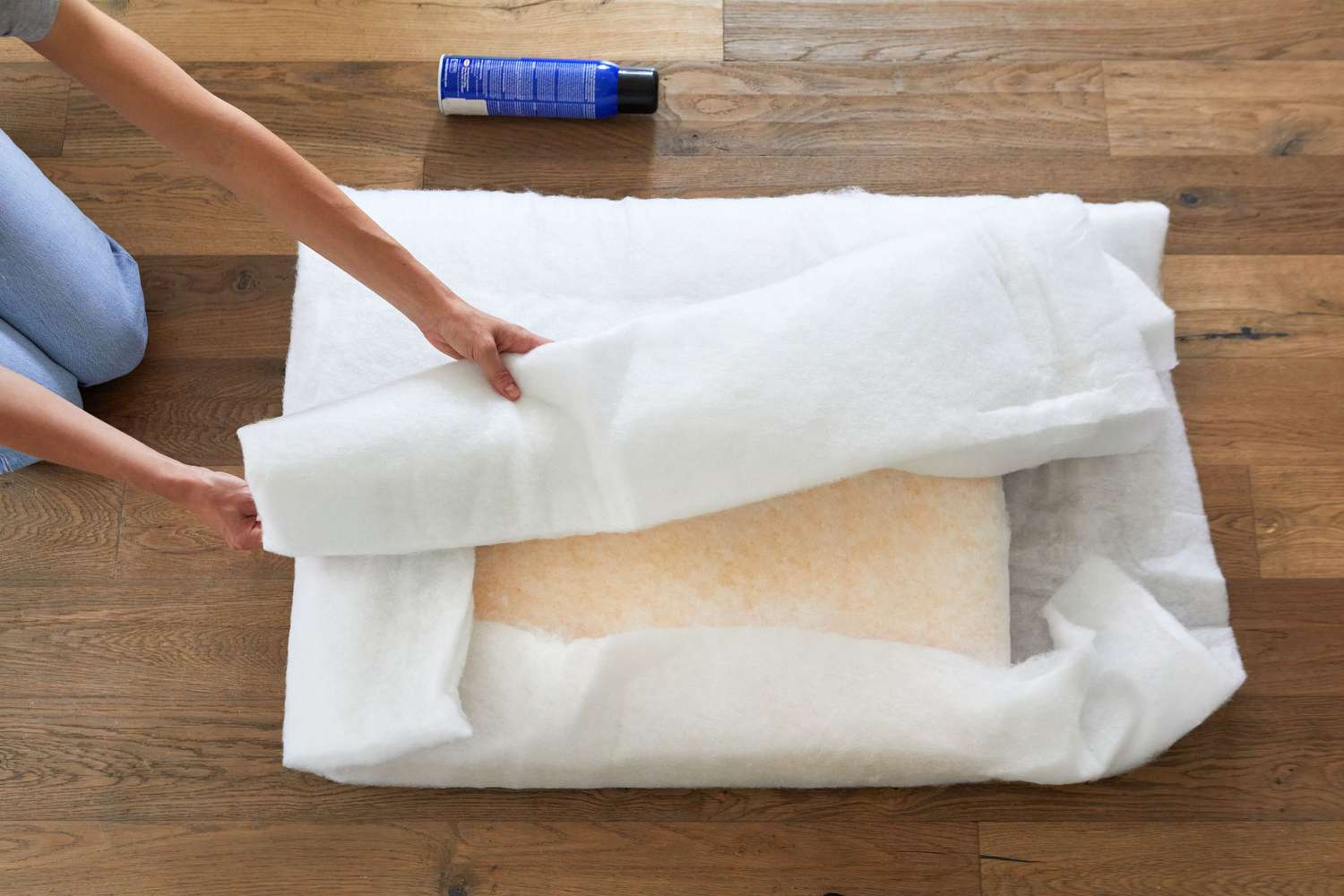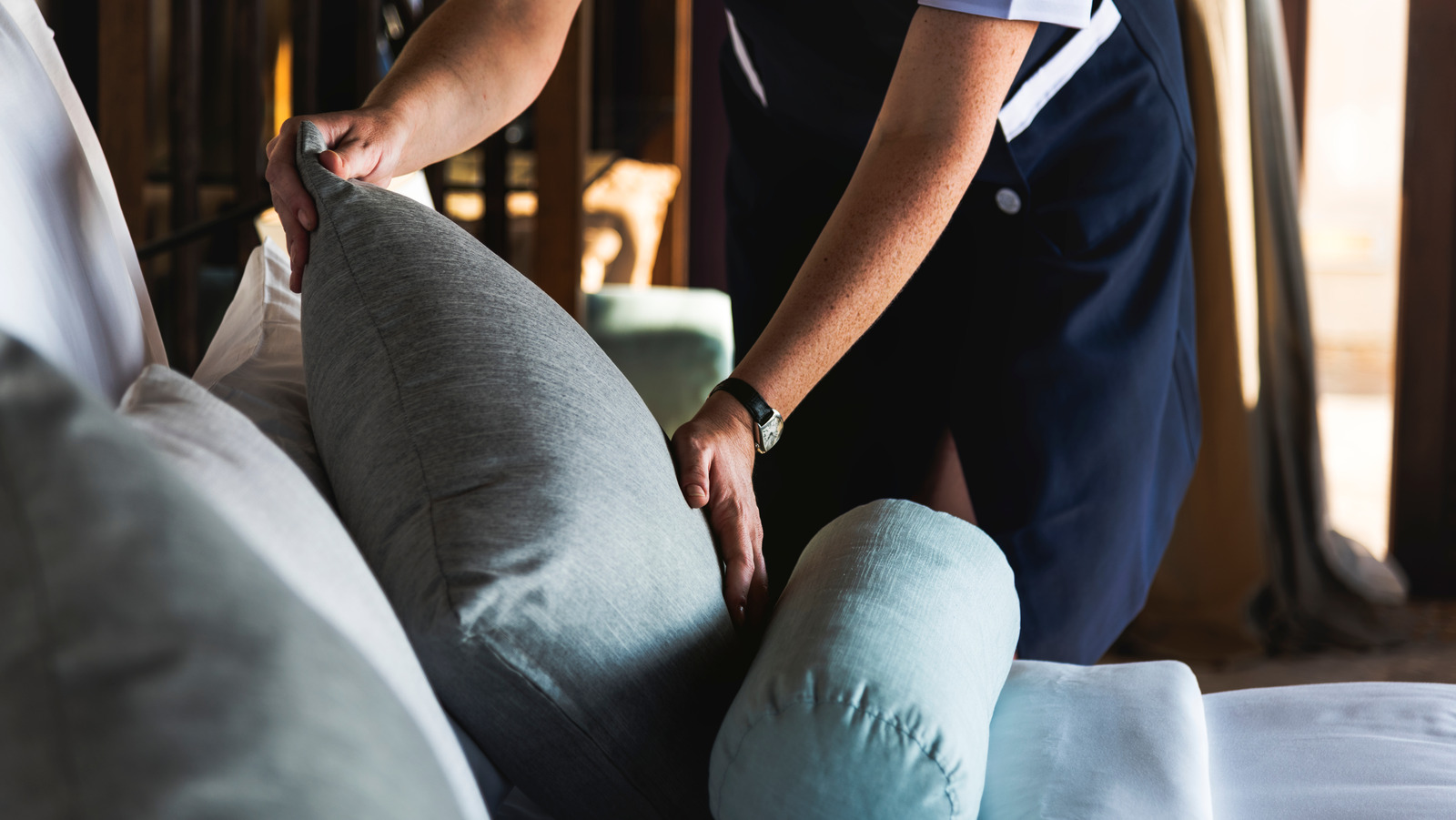Introduction: Bringing New Life to Your Sofa
Your beloved couch may have seen better days, but before you consider replacing it, why not breathe new life into it by restuffing the cushions? Restuffing couch cushions can revitalize your sofa, making it more comfortable and aesthetically pleasing. With a little DIY know-how, you can tackle this project like a pro and save yourself some money in the process.
Assessing the Situation: Understanding Your Couch Cushions
Before diving into restuffing your couch cushions, it’s essential to understand their current state. Are the cushions sagging? Have they lost their firmness? Assessing the condition will help you determine the type and amount of stuffing needed for the job. Additionally, take note of any tears or damage to the cushion covers that may need repair before restuffing.
Gathering Your Materials: What You’ll Need
Restuffing couch cushions requires a few basic materials. You’ll need replacement stuffing material, such as foam, batting, or polyester fiberfill, depending on your preference and budget. Other essential tools include scissors, a utility knife, a tape measure, and a sewing kit if you plan to mend any tears in the cushion covers. Having these materials on hand will streamline the restuffing process and ensure professional-looking results.

Removing the Old Stuffing: Preparing for Renewal
To restuff your couch cushions effectively, you’ll need to remove the old stuffing first. Start by unzipping or unstitching the cushion covers to access the interior. Carefully extract the existing stuffing, taking care not to damage the covers. Use this opportunity to inspect the condition of the covers thoroughly. If there are any tears or weak seams, mend them promptly to prevent further damage.
Choosing the Right Replacement Material: Finding Your Comfort Level
Selecting the appropriate replacement material is crucial for achieving the desired level of comfort and support in your couch cushions. Foam inserts provide firm support and maintain their shape well over time, while batting offers a softer, more plush feel. Polyester fiberfill is a budget-friendly option that allows for customizable firmness by adding or removing filling as needed. Consider your personal preferences and the intended use of the sofa when choosing the replacement material.
Measuring and Cutting: Achieving the Perfect Fit
Accurate measurements are key to achieving professional-looking results when restuffing couch cushions. Use a tape measure to determine the dimensions of each cushion cavity, taking into account any irregularities in shape. Once you have your measurements, use scissors or a utility knife to cut the replacement stuffing material to the appropriate size. Cutting the material slightly larger than the cushion cavity will ensure a snug fit and prevent any gaps or lumps in the finished cushions.
Stuffing and Fluffing: Filling Your Cushions with Care
With your replacement stuffing material cut to size, it’s time to start restuffing your couch cushions. Begin by evenly distributing the stuffing material into the cushion cavity, taking care to fill any corners or crevices to maintain uniform support. Depending on the type of stuffing material used, you may need to fluff and manipulate it to achieve the desired level of firmness and comfort. Take your time during this step to ensure that the cushions are adequately filled and free of any lumps or unevenness.
Closing Up: Securing the Cushion Covers
Once you’ve restuffed the cushions to your satisfaction, it’s time to close them up. If the cushion covers have zippers, carefully zip them shut, ensuring that the zipper teeth align correctly to prevent snags or jams. If the covers were unstitched, use a needle and thread to sew them closed securely, making small, even stitches along the seam. Double-check your work to ensure that the covers are tightly sealed and ready for use.
Enjoying the Results: Relaxing on Your Like-New Sofa
With your couch cushions successfully restuffed, it’s time to sit back, relax, and enjoy your like-new sofa. Not only have you saved money by avoiding the cost of replacement cushions or a new sofa altogether, but you’ve also gained valuable DIY skills that can be applied to future home improvement projects. Whether you’re lounging with loved ones or hosting guests, your freshly restuffed couch cushions are sure to provide comfort and support for years to come.
